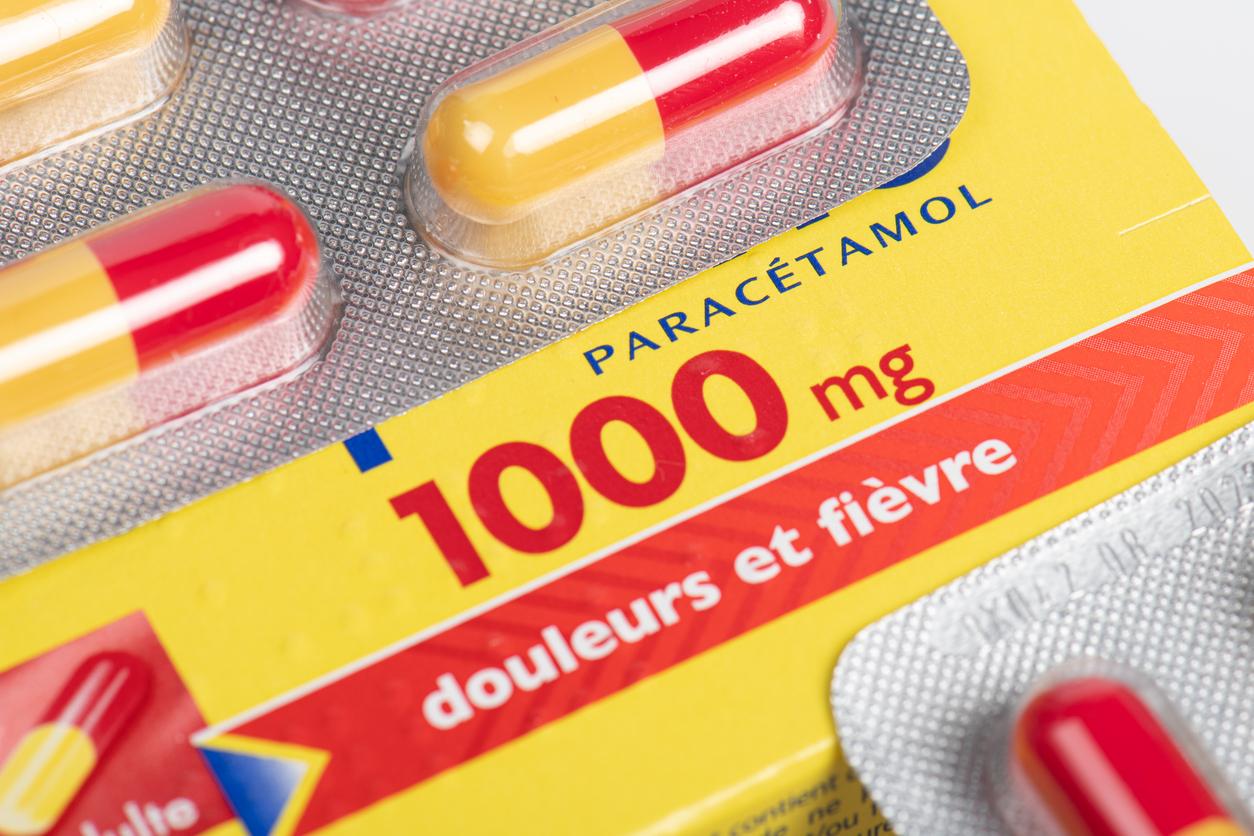When they have a toothache, people with autism spectrum disorders (ASD) find it difficult to express themselves, and are therefore less well cared for.

- The pain felt in children and young adults with autism spectrum disorders cannot be expressed verbally due to severe communication impairments;
- “E-Dent” is a new caries detection system based on telemedicine.
Supported by the APICIL Foundation and the Mutuelle Intégrance, a new digital tool called “E-Dent*” makes it possible to better detect cavities in young autistic people, and thus to treat them better.
Autism Spectrum Disorders (ASD) often prevent sufferers from expressing their pain and localizing the pain, due to a lack of classic communication skills. Going to the dentist can also be very complicated for the parents of the autistic child, and all the more so if he also suffers from an intellectual disability.
Bites, blows, hair pulling
“The pain felt in children and young adults with autism spectrum disorders cannot be expressed verbally due to severe communication disorders. Very often, they fail to locate and indicate the painful place, which results in various behavioral disorders such as biting, blows, hair pulling on themselves or on others. explains the association Autism & Families.
To solve these problems, E-Dent is “a screening system based on telemedicine, and will make it possible to keep young people aged 6 to 20 in their usual living environment and thus to be able to carry out early screening more easily, even before the cavity is visible, thus avoiding pains. For these young people, their parents and the healthcare teams, this represents a significant gain in quality of life, by avoiding the occurrence of behavioral problems”. continues the APICIL Foundation.
The camera used by E-Dent reveals oral problems through fluorescence. Linked to specific software, it reveals the presence of cavities with a simple red signal. This mode abstracts away other surrounding tissue which is displayed in black and white, focusing attention on the carious lesion. The images obtained are then processed by software that carries out a complete assessment of the oral health of young autistic people.
Before using the device, the nurses, in pairs with a specialist educator, set up workshops for learning medical gestures: opening the mouth, accepting the introduction of a pencil-type object, lowering the tongue, etc. All in order to gradually arrive at the camera (whose shape is close to a large pencil).
Autism Spectrum Disorders
Autism spectrum disorders are considered a collection of disorders, as the manifestations vary widely in form and severity. ASDs were previously subcategorized as the following classic conditions: autism, Asperger’s syndrome, Rett’s syndrome, childhood disintegrative disorder, and pervasive developmental disorder not otherwise specified. However, physicians currently no longer use this terminology and consider these conditions all to be ASDs (except Rett Syndrome which is a separate genetic disorder). ASDs are distinct from intellectual deficit, although many people with ASD suffer from both.
These disorders occur in about 1 in 68 people, and they are 4 times more common in boys than girls according to the MSD manual.
*Project developed within the Medico-Educational Institutes of Tourcoing and Annœullin, members of the Autism & Families association.
.















